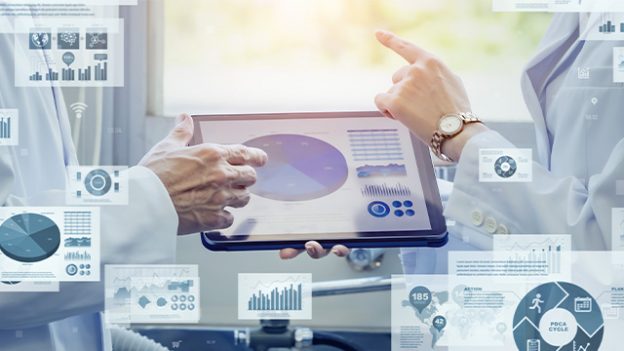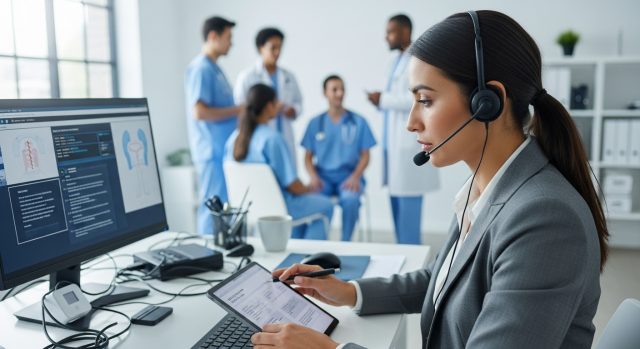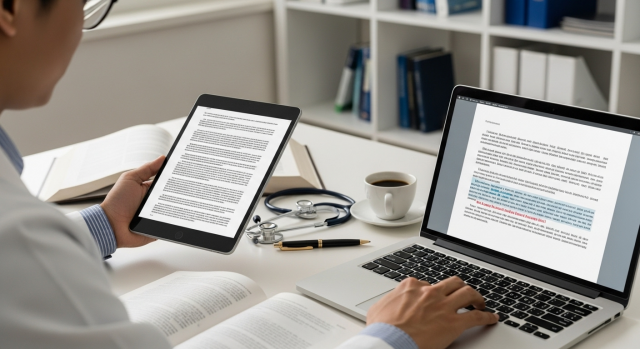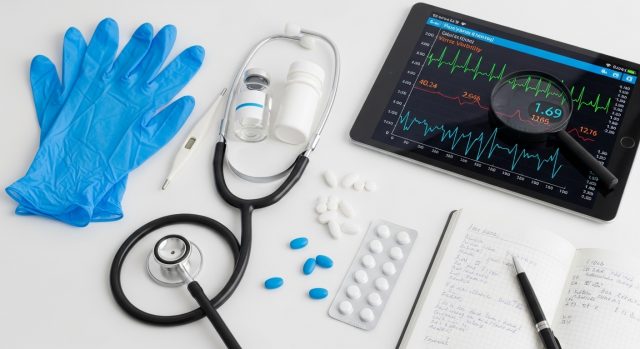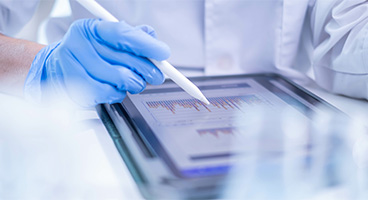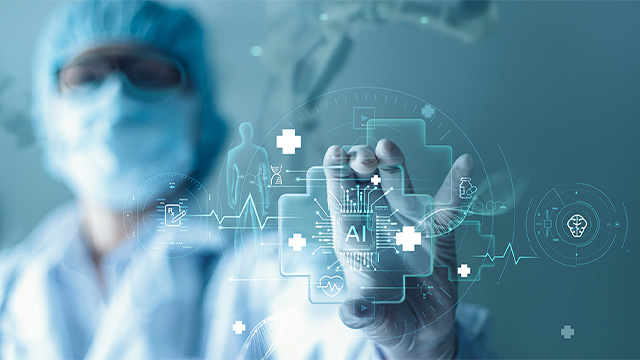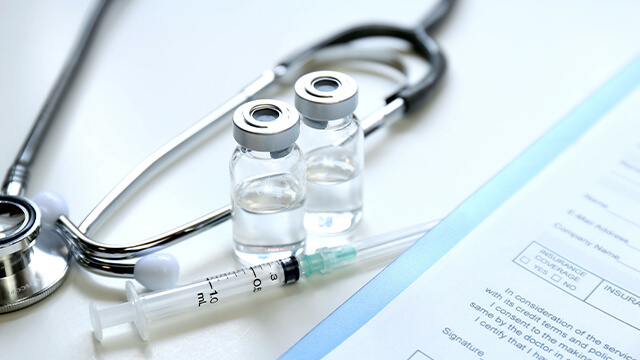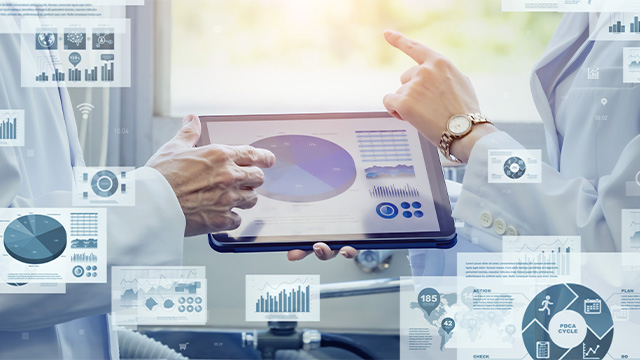
Do you know what CIOMS is? In this blog, we will explain the overview of CIOMS, the characteristics and points to note about CIOMS translation, and the key points for selecting a translation service provider.
- Table of Contents
-
- 1. What is CIOMS? The Role of the CIOMS Form
- 1-1. What is CIOMS?
- 1-2. Role of CIOMS Form
- 2. Collection and Reporting of Safety Information Using CIOMS Forms
- 2-1. Collection of Safety Information Based on CIOMS Form
- 2-2. Preparation of Reports within Pharmaceutical Companies and Evaluation/Response at PMDA
- 2-3. Notes on CIOMS Translation
- 3. Benefits of Requesting CIOMS Translation from Human Sciences
- 4. Introduction to Human Science Medical Translation Services
1. What is CIOMS? The Role of the CIOMS Form

The author has experience working in safety information related tasks at a CRO. There, conversations like "Tomorrow, we will receive XX CIOMS reports" were common. However, saying "CIOMS is coming" is just a conventional expression; since CIOMS is the name of an organization, it strictly means "the safety reports listed on the form provided by CIOMS (hereinafter referred to as the 'CIOMS form') will be coming."
1-1. What is CIOMS?
As mentioned above, CIOMS is the name of the organization, which stands for the Council for International Organizations of Medical Sciences. It includes researchers, regulatory agencies, the pharmaceutical industry, and academic institutions from around the world, providing international cooperation and guidelines regarding the development, regulation, and use of pharmaceuticals.
1-2. Role of CIOMS Form
CIOMS has established international standards for the reporting of adverse drug events and has created a standard reporting format, the CIOMS form, for collecting detailed information on adverse drug events. This format is used to track the safety of drugs and report to regulatory authorities, requiring detailed descriptions of symptoms of side effects, severity, timing of occurrence, response to treatment, and causal relationships with the drug.
2. Collection and Reporting of Safety Information via CIOMS Form
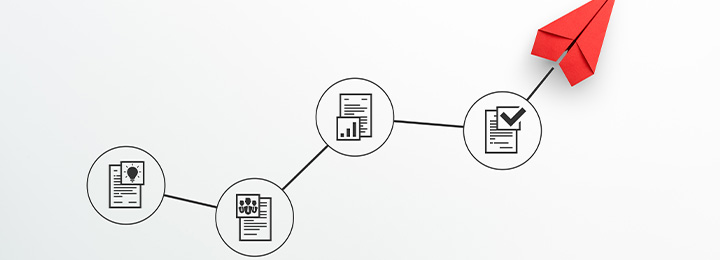
Safety information obtained through the CIOMS form is reported to the PMDA (Pharmaceuticals and Medical Devices Agency) in Japan. The process is as follows.
2-1. Collection of Safety Information Based on CIOMS Form
In clinical trials (clinical research) and post-marketing studies, or in voluntary monitoring by pharmaceutical companies, if adverse events occur during the use of a drug, they may be reported by doctors, medical institutions, or patients. This information is recorded on a CIOMS form and evaluated by the safety department of the pharmaceutical company.
2-2. Preparation of Reports within Pharmaceutical Companies and Evaluation/Response at PMDA
When information about adverse events recorded on the CIOMS form is collected, pharmaceutical companies evaluate that information from the perspectives of severity, causality, and impact on patients (outcome).
The safety management department of the pharmaceutical company organizes the information obtained from the CIOMS form in the following manner and compiles it as data for reporting to the PMDA.
• Details of the adverse event (symptoms, onset timing, treatment course)
• Names of the drugs involved in the adverse event
• Patient's medical history and progress
• Causality between the drug in question and the adverse event
• Other relevant information (for example, concomitant medications, patient age, gender, etc.)
Methods for reporting adverse events to the PMDA include Individual Case Safety Reports (ICSR), reports via the electronic reporting system (ePMS), and Periodic Safety Update Reports (PSUR).
The PMDA considers the reported adverse event information for drug risk assessment and risk management measures.
2-3. Notes on CIOMS Translation
There are several points to be aware of when translating CIOMS.
First, the information on the CIOMS form is intended solely to accurately convey information about the severity, causality, and outcome of adverse events to the authorities.
At the beginning, I mentioned that I worked in safety information at a CRO, and I realized that those involved in safety management want to avoid making mistakes in assessing the severity, causality, and outcome of adverse events.
While it is necessary to select translations of adverse events in accordance with the ICH International Medical Terminology (MedDRA) and to consider the unique style of case reports, it is much more important to ensure that there is no misunderstanding of critical information rather than to elevate the level of the text or convey subtle nuances.
Additionally, prompt translation is also important. The reporting deadlines to the authorities vary depending on the severity, relevance, and whether the adverse event is known or unknown, and rapid reporting is required for significant cases.
In the field of safety information, there is a need to process large amounts of information immediately, and quick responses are also required in translation.
3. Benefits of Requesting CIOMS Translation from Human Sciences

When requesting CIOMS translation from a medical translation company, it is necessary to carefully select the translation company.
Human Science possesses the following requirements necessary for CIOMS translation.
• A company with highly specialized knowledge and experienced translators in the medical field
• A company with extensive experience in CIOMS translations and clinical trial-related translations
• A company that can provide technology-equipped solutions
Human Science offers medical translation services such as CIOMS.
In particular, we have extensive know-how in the use of translation support tools like Trados, machine translation, and AI, which are essential for modern industrial translation, allowing us to provide high-quality translations quickly.
4. Introduction to Human Science Medical Translation Services
At Human Science, we offer human translation services and post-editing services. Utilizing translation assistance (CAT) tools such as Trados and Phrase TMS (formerly Memsource), as well as machine translation tools, we are committed to improving translation efficiency and quality, contributing to our clients' further development.
If you have any concerns or interests, please feel free to contact us.
Medical Translation Services
Post-Editing Services
In addition, we provide information on medical/healthcare translation, such as the following. We hope you find it useful.
How to streamline the translation of clinical trial summary reports?
Key points for selecting translation vendors for pharmaceutical and medical device regulatory submissions

